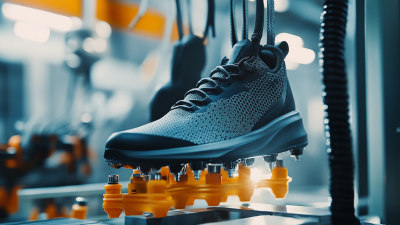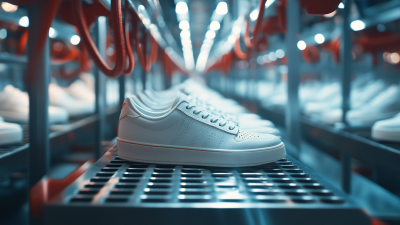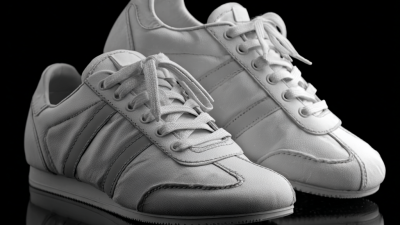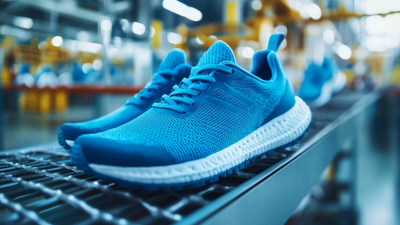
In the rapidly evolving global footwear market, casual sneakers have emerged as a dominant category, accounting for approximately 27% of the total athletic footwear sales, according to a recent report by Grand View Research. As consumer preferences shift towards comfort and versatility, the demand for high-quality casual sneakers continues to soar, with projections suggesting a CAGR of 7.9% from 2021 to 2028. This significant growth presents a lucrative opportunity for brands and retailers to optimize their sourcing strategies.
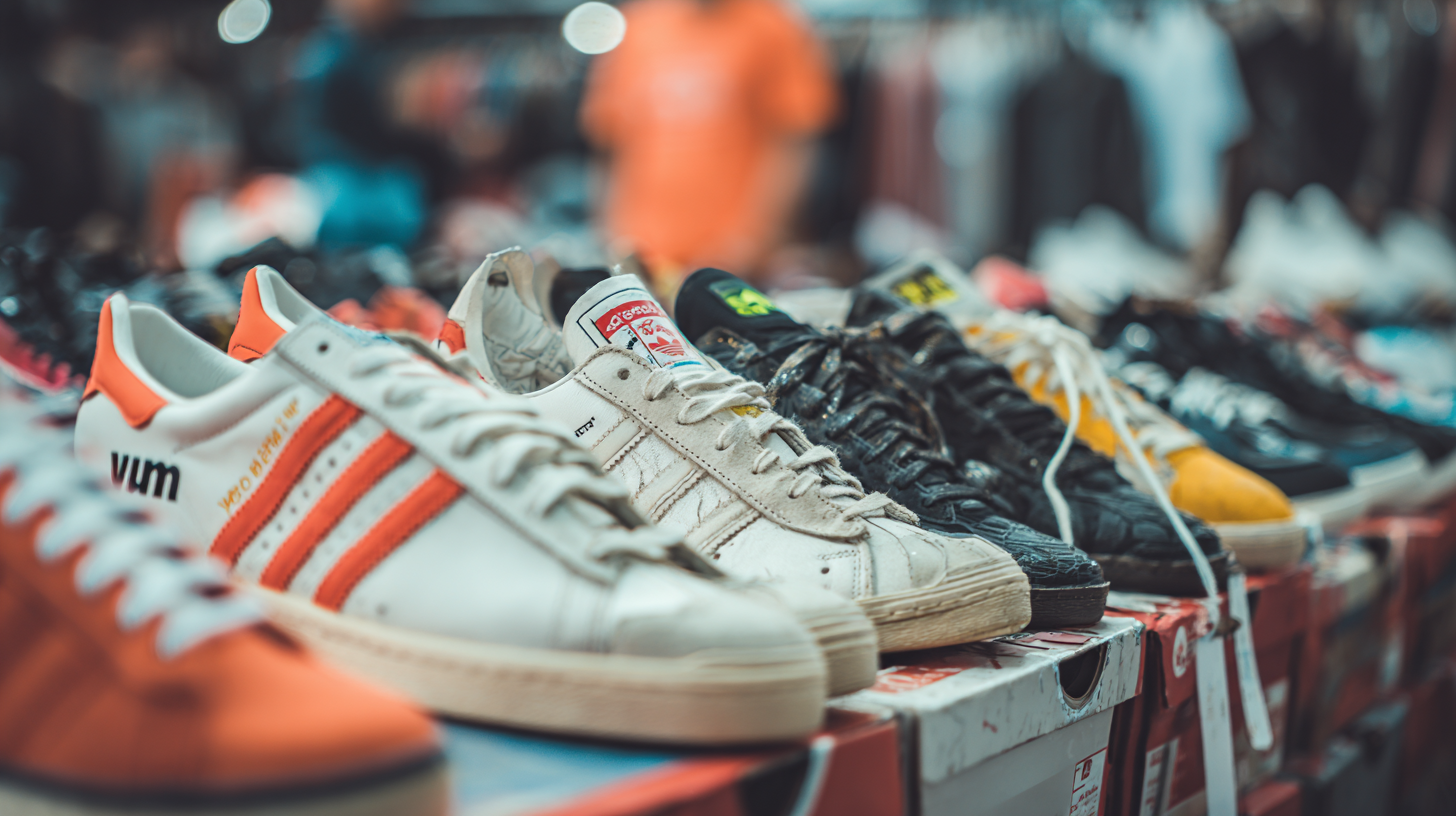
However, navigating the complexities of sourcing high-quality casual sneakers across diverse markets can be challenging. This blog will explore top strategies for identifying and procuring premium casual sneakers globally, ensuring brands stay ahead in a competitive landscape while meeting consumer expectations for quality and style.
The global sneaker market is witnessing remarkable growth, with an increasing demand that is reshaping the footwear landscape. According to a recent market analysis, the global athletic footwear market is projected to reach USD 75.5 billion by 2033, growing at a CAGR of 4.9%. This growth is primarily driven by evolving consumer preferences for comfort, style, and performance, highlighting the importance of casual sneakers in everyday fashion and athletic pursuits.
Furthermore, trends in sustainability are becoming pivotal as more consumers seek eco-friendly options in their footwear choices. The rise of luxury and sustainable leather sneakers is a notable trend that reflects a shift towards more responsible consumption. This growing demand for high-quality, stylish, and sustainable footwear signifies a broader change in the market, as brands adapt to meet the desires of conscientious consumers. As the sneaker market continues to expand, understanding these trends and insights will be crucial for brands looking to effectively navigate this dynamic industry.
When sourcing high-quality casual sneakers, one of the key factors to consider is the selection of materials. The choice of materials not only affects the aesthetic appeal of the sneakers but also their durability, comfort, and overall performance. High-quality leather, for instance, provides a luxurious feel and breathability, making it an excellent option for casual wear. Similarly, premium canvas and knit fabrics can offer flexibility and comfort, crucial for everyday use. Understanding the properties of these materials helps in making informed decisions that align with consumer preferences.
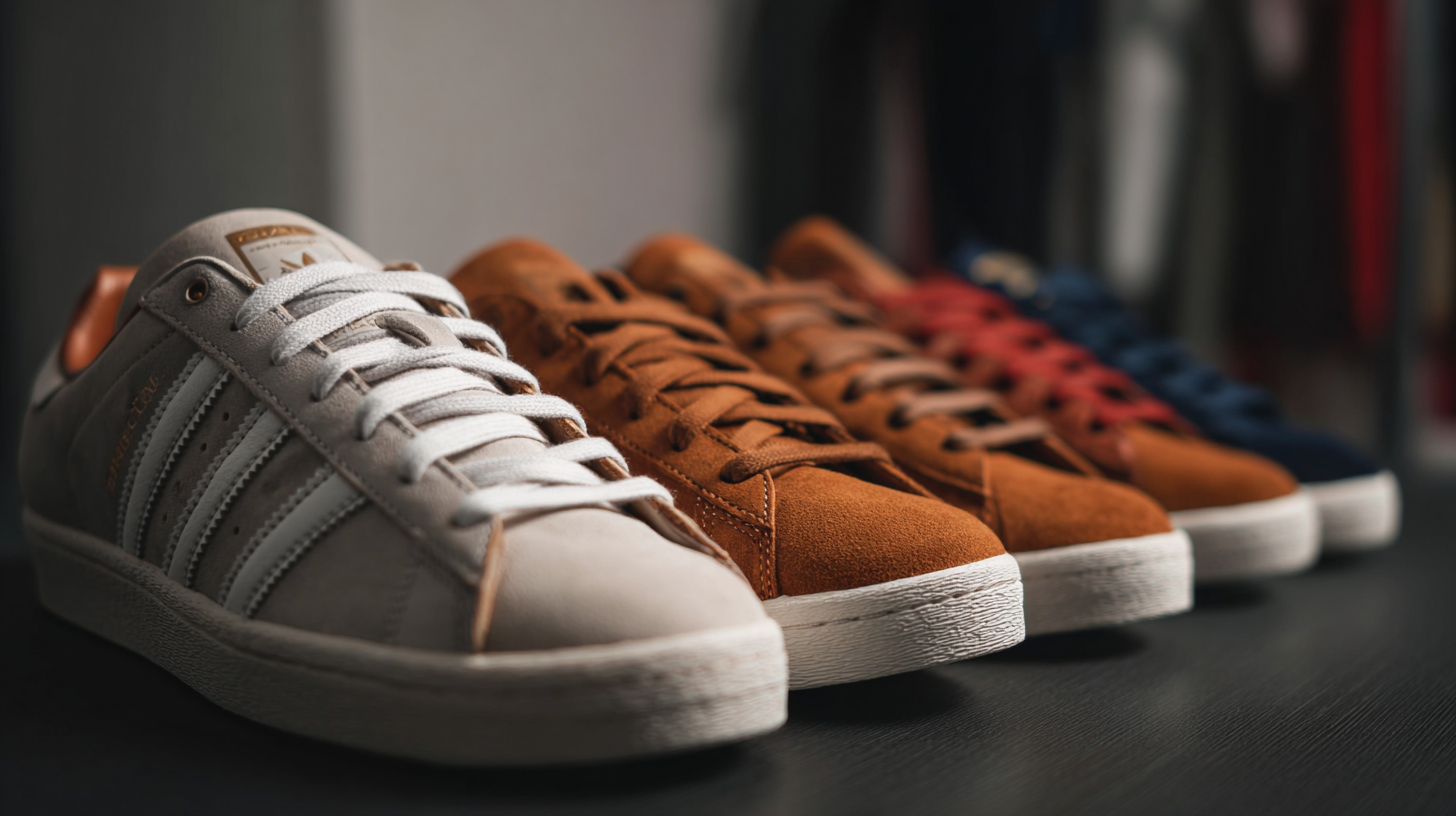
In addition to the type of material, sourcing practices should prioritize sustainable and ethically produced textiles. As consumers become more environmentally conscious, using recycled materials and adopting eco-friendly production processes can significantly enhance a sneaker brand's reputation. Organic cotton and bio-based synthetics are gaining popularity as they not only reduce environmental impact but also ensure that sneakers are safe and comfortable for consumers. By combining high-quality materials with sustainable practices, brands can create casual sneakers that stand out in a competitive market while catering to the growing demand for responsible fashion.
When sourcing high-quality casual sneakers globally, evaluating manufacturers is crucial to ensure that the products meet the desired standards. Firstly, consider the manufacturer's experience and reputation in the industry. Established manufacturers often have a proven track record of quality and reliability, which can be verified through customer reviews and industry certifications. Additionally, assessing the manufacturer's production capabilities is fundamental; this includes understanding the technology they use, their production volume, and their capacity to scale according to your demands.
Another key criterion is the manufacturer's compliance with international labor and environmental standards. This not only reflects on the ethical aspects of your sourcing strategy but also affects the sustainability of the product. Manufacturers that prioritize responsible practices are more likely to produce high-quality sneakers that meet customer expectations. Furthermore, clear communication and responsiveness should not be overlooked, as a manufacturer that values collaboration can significantly enhance the sourcing process and ensure that any issues are swiftly addressed.
 Building strong relationships with suppliers is crucial for businesses seeking high-quality casual sneakers on a global scale. Establishing trust and open lines of communication can turn suppliers into strategic partners who are invested in *mutual success*. This approach not only fosters cooperation but also ensures alignment with shared values, such as improving working conditions and prioritizing social sustainability within the supply chain. By nurturing these relationships, companies can identify and address potential issues before they escalate, creating a more resilient and responsive supply chain.
Building strong relationships with suppliers is crucial for businesses seeking high-quality casual sneakers on a global scale. Establishing trust and open lines of communication can turn suppliers into strategic partners who are invested in *mutual success*. This approach not only fosters cooperation but also ensures alignment with shared values, such as improving working conditions and prioritizing social sustainability within the supply chain. By nurturing these relationships, companies can identify and address potential issues before they escalate, creating a more resilient and responsive supply chain.
Moreover, adopting a systematic approach to supplier relationship management helps in navigating the complexities of a multifaceted supply chain. Companies can leverage digital tools and data-sharing practices to strengthen collaboration, enabling them to overcome traditional hurdles associated with sourcing. This strategy not only enhances operational efficiency but also promotes long-term success by cultivating a network of suppliers committed to continuous improvement. As organizations increasingly focus on sustainable practices, building these vital connections is essential for maintaining competitiveness in the global market.
Navigating international trade regulations is crucial for successfully importing high-quality casual sneakers. According to a report by Statista, the global sneaker market is projected to reach approximately $95 billion by 2025, highlighting the lucrative nature of this industry. However, the complexity of trade regulations can pose significant challenges for businesses looking to source products internationally. Different countries have varying import duties, tax rates, and compliance requirements, which can affect the final cost of your sneakers.
Tip: Always research the specific regulations of target markets. Utilize resources such as the World Trade Organization (WTO) and government trade websites to stay informed about tariffs and import standards. For instance, understanding the Harmonized System (HS) codes can help streamline the classification of products and minimize delays at customs.
Another essential aspect is ensuring compliance with safety and quality standards, such as the Consumer Product Safety Improvement Act (CPSIA) in the U.S. Failing to meet these regulations can lead to fines or product recalls. According to the International Trade Centre, non-compliance can result in an average of 20% unexpected costs related to penalties and product destruction.
Tip: Establish partnerships with reputable suppliers who prioritize compliance and quality control. Conduct routine audits to ensure that your sources adhere to international standards, ensuring that your customers receive not only stylish but also safe and reliable sneakers.
